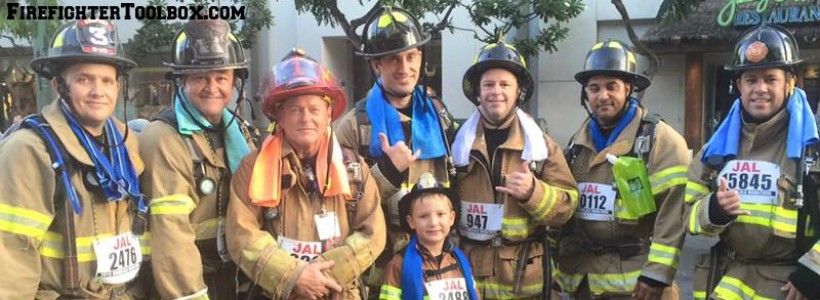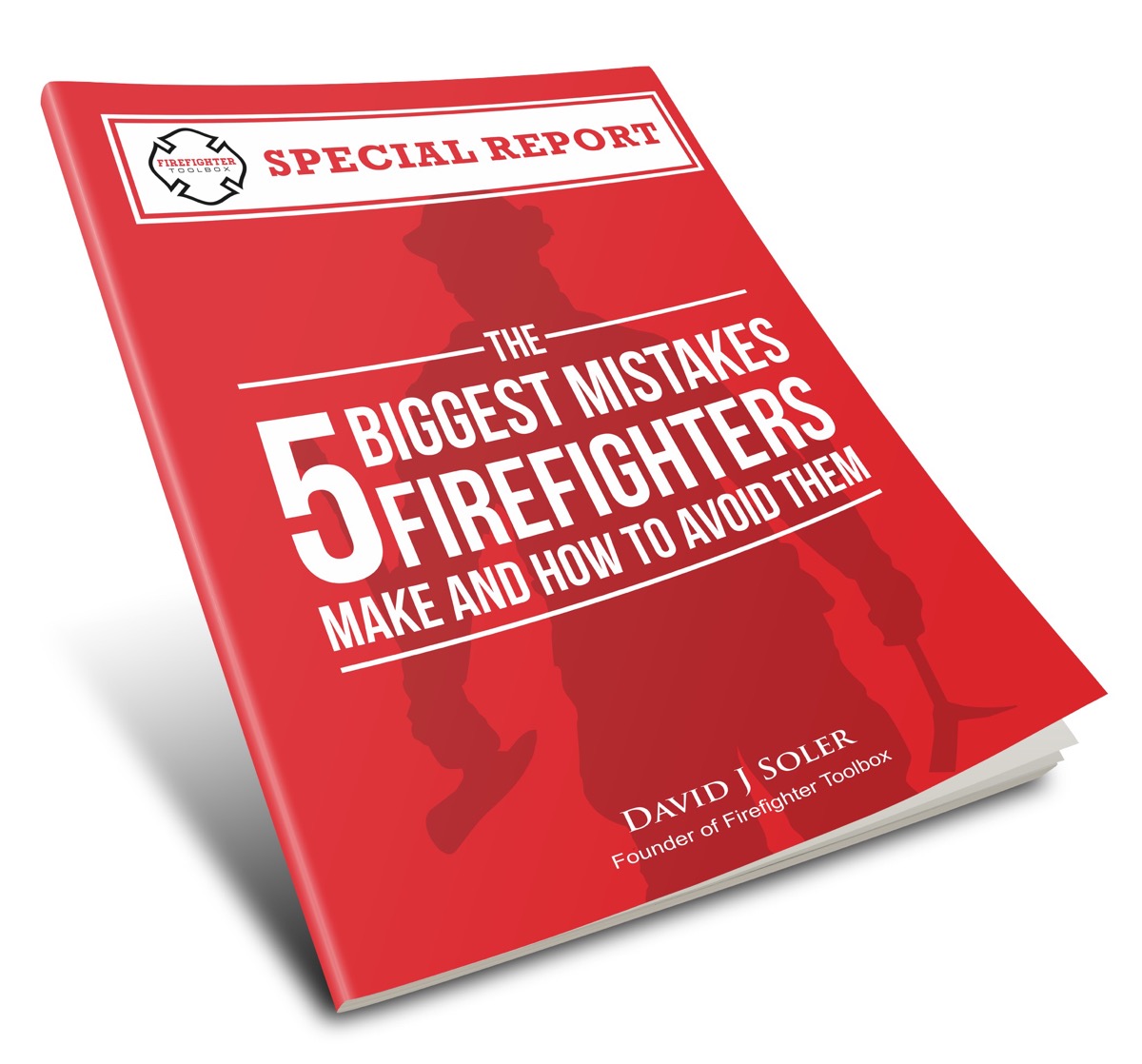Developing the Firefighter Whole-Person Concept
The Whole Person Concept is a developmental tool that fire service leaders can use to push firefighters to succeed in life on the job, at home and in the community. The lives of our firefighters don’t suddenly end when they complete a tour and head home. They have family obligations, part-time jobs and personal goals in their lives that are important to them. As leaders, we need to ensure that we are actively promoting excellence in our firefighters on and off the job.
The three primary categories to consider when promoting the Whole-Person Concept include:
On-the-Job Performance
This is our bread and butter in the fire service. Our involvement in mentoring our crews at work provides direct results that cannot be understated. We need to set the standard and expectation of each member from the start. Allowing progress to lose momentum is a dangerous practice.
We should provide continuous unofficial counseling throughout the year with official feedback sessions happening at the semi-annual and annual marks. Constant feedback will allow us to catch poor performance before they develop into poor habits.
Significant Self-Improvement
We must find out what our members are interested in, both on and off duty. Work together during the initial counseling session to construct a plan to accomplish individual goals for the year. Focus on reasonable goals to start and create new achievements to chase throughout the year.
Continuously follow up to get a progress check or to see if any assistance is needed along the way. Allow time during the shift for members to study after hours and be flexible to their needs as long as on-the-job performance is not affected.
Community Involvement
Always urge members to volunteer in the community and ask them to represent the organization proudly as they do. Volunteering as a team is free publicity for our departments. Getting out and helping the community shows that we are invested in public service.
Use the chance to give back to the public as a team strengthening opportunity. Organize a group to run a 10K race together or build homes for the less fortunate. Either way, the most important thing we can do as leaders is to incorporate team unity in our conquests.
Lastly, we need to take great pride in the success of our crews. They are a direct reflection of our values and leadership in the firehouse. Take every opportunity to celebrate their accomplishments in a formal setting with their peers in attendance. Public recognition goes a long way to letting them know that we care about them as individuals and vital members of our successful team.
Photo Courtesy Charles Volhein





